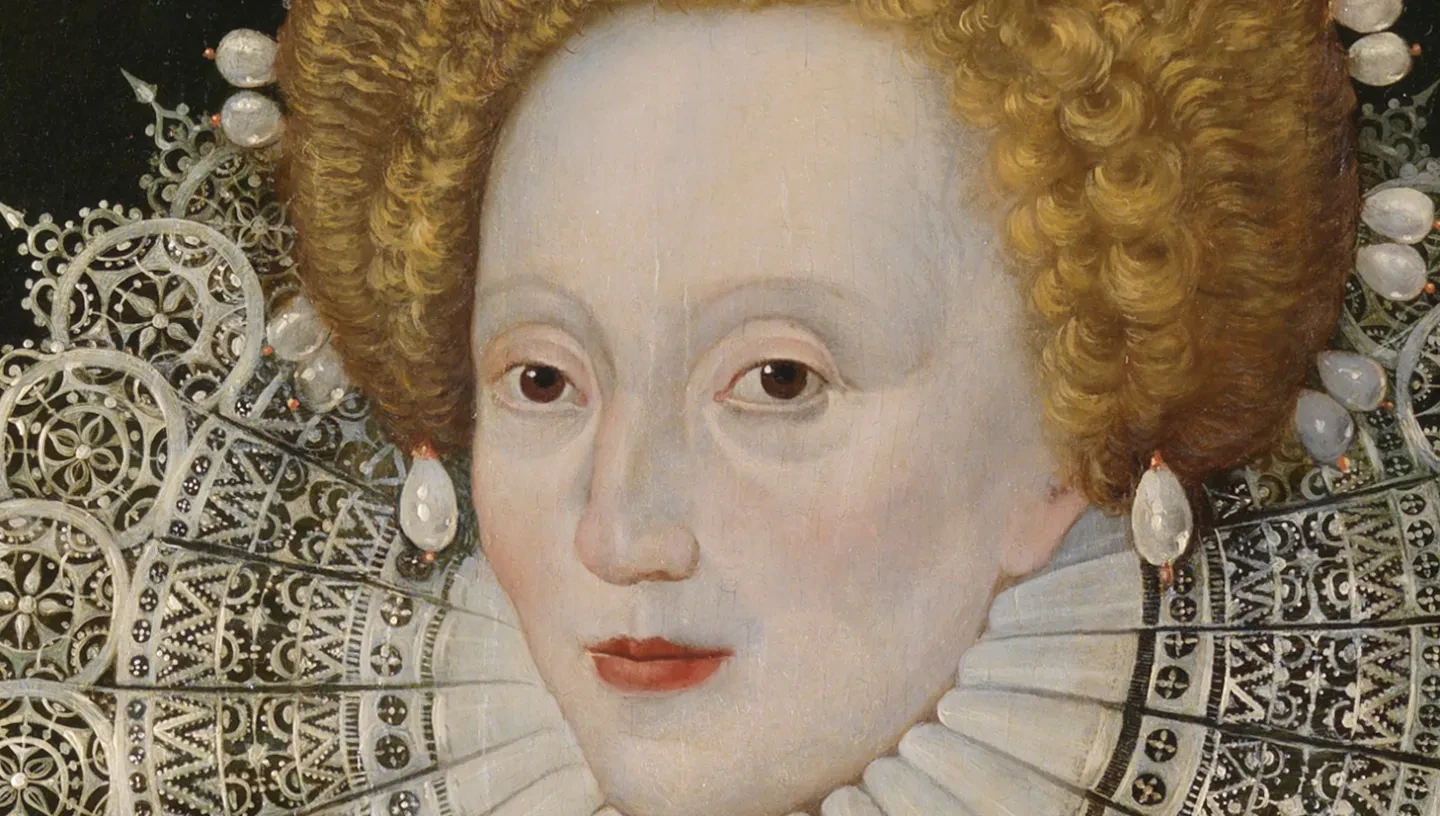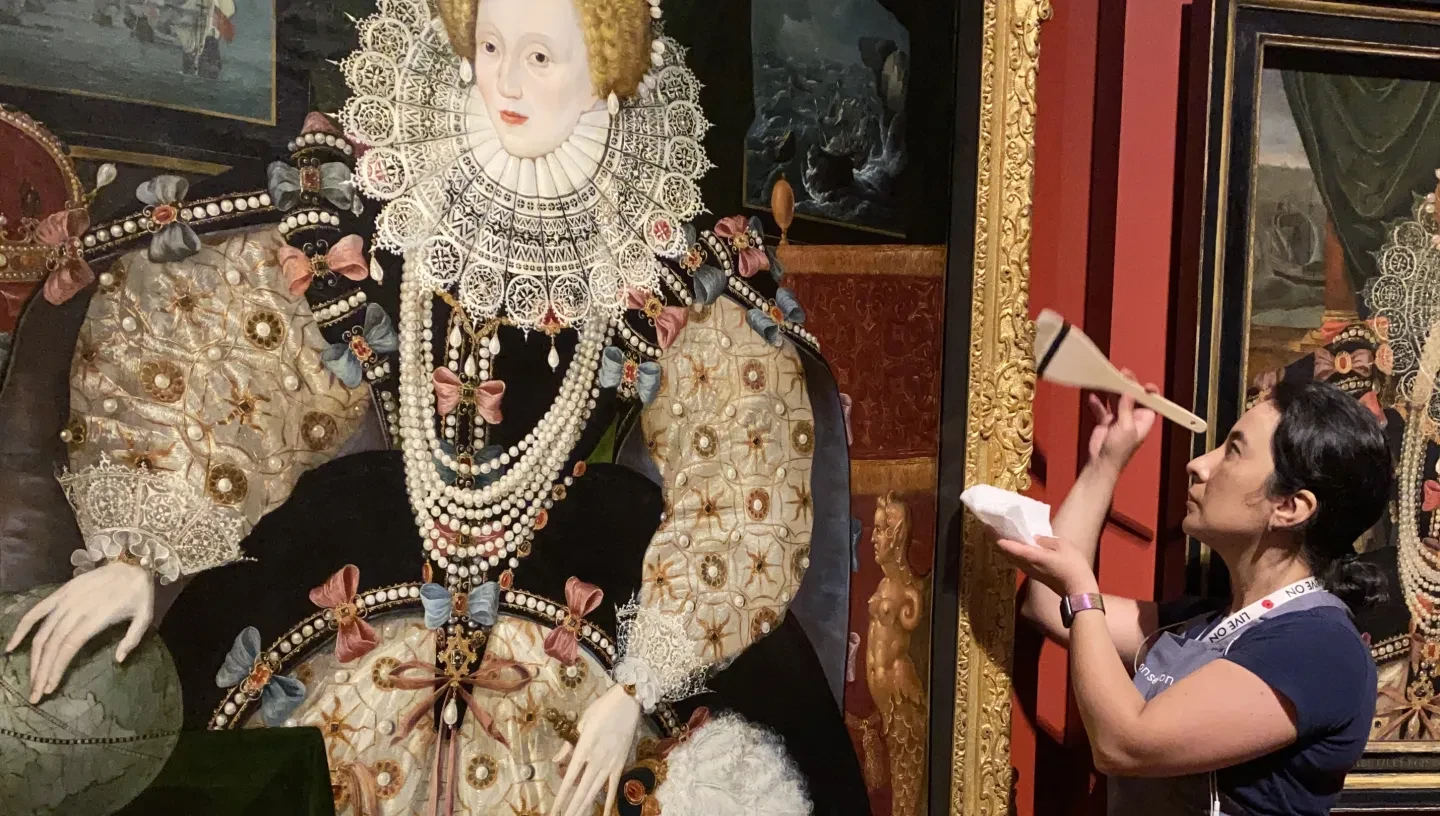
Royal Greenwich


A historical treasure hunt in the grounds of the National Maritime Museum
Have you ever given any thought to the history of the monuments and large objects in the grounds of the National Maritime Museum?
Stuarts


Power and passion: George Villiers and James I
Uncover the relationship between the influential courtier and the Stuart monarch
Tudors


Why are there three versions of the Armada Portrait?
The Armada Portrait is one of the most famous portraits of Elizabeth I – but did you know there are multiple versions of the same painting?
Want more stories like this?
Sign up to our newsletter to get stories, news and events from Royal Museums Greenwich delivered straight to your inbox.
Watch
Historian Mary Beard reveals the hidden symbolism of the Armada Portrait of Elizabeth I, one of the most iconic images of the Tudor Queen. Watch the full series on YouTube.
This content is hosted by a third party
Please allow all cookies to watch the video.
Explore Royal Greenwich
Visit the Queen's House, hunt for remains of the old Tudor palace, and discover more about the royal history of Greenwich in our online shop

See extraordinary art for free inside one of London's most beautiful buildings

See the iconic painting of the Tudor queen, one of the treasures of Royal Museums Greenwich

Tudor kings and queens, historic palaces and hidden histories - discover Greenwich's royal connections today

Shop
£20.00 £15.00
Discover the rich royal history of the area where Henry VIII built his first tournament ground, Elizabeth I took daily walks in the Park, and Charles II raced early royal yachts against his brother...

Shop
£20.00
This exquisitely illustrated book delves into a tale of exploration, encounter, adventure, power, wealth and conflict.
Tudor and Stuart Seafarers tells the compelling story of how a small island positioned on the edge of Europe transformed itself into the world's leading maritime power.

Shop
£14.99
Elizabeth's Sea Dogs investigates the rise and fall of a unique group of adventurers - men like Francis Drake, John Hawkins, Martin Frobisher and Walter Raleigh...

Help preserve our past
Royal Museums Greenwich is a charity, and we rely on your support to care for our collections and preserve Greenwich's historic buildings. Donate today and help shape the Museum's future.






















